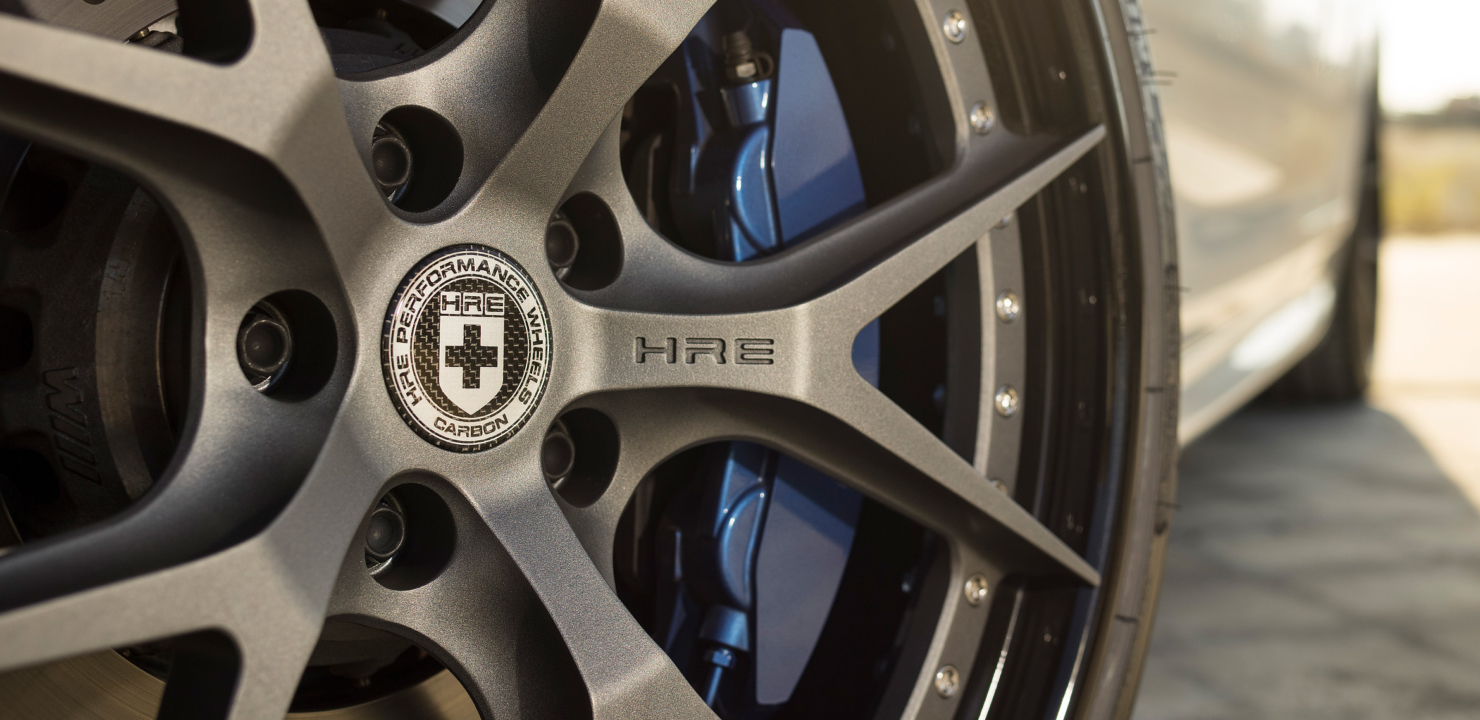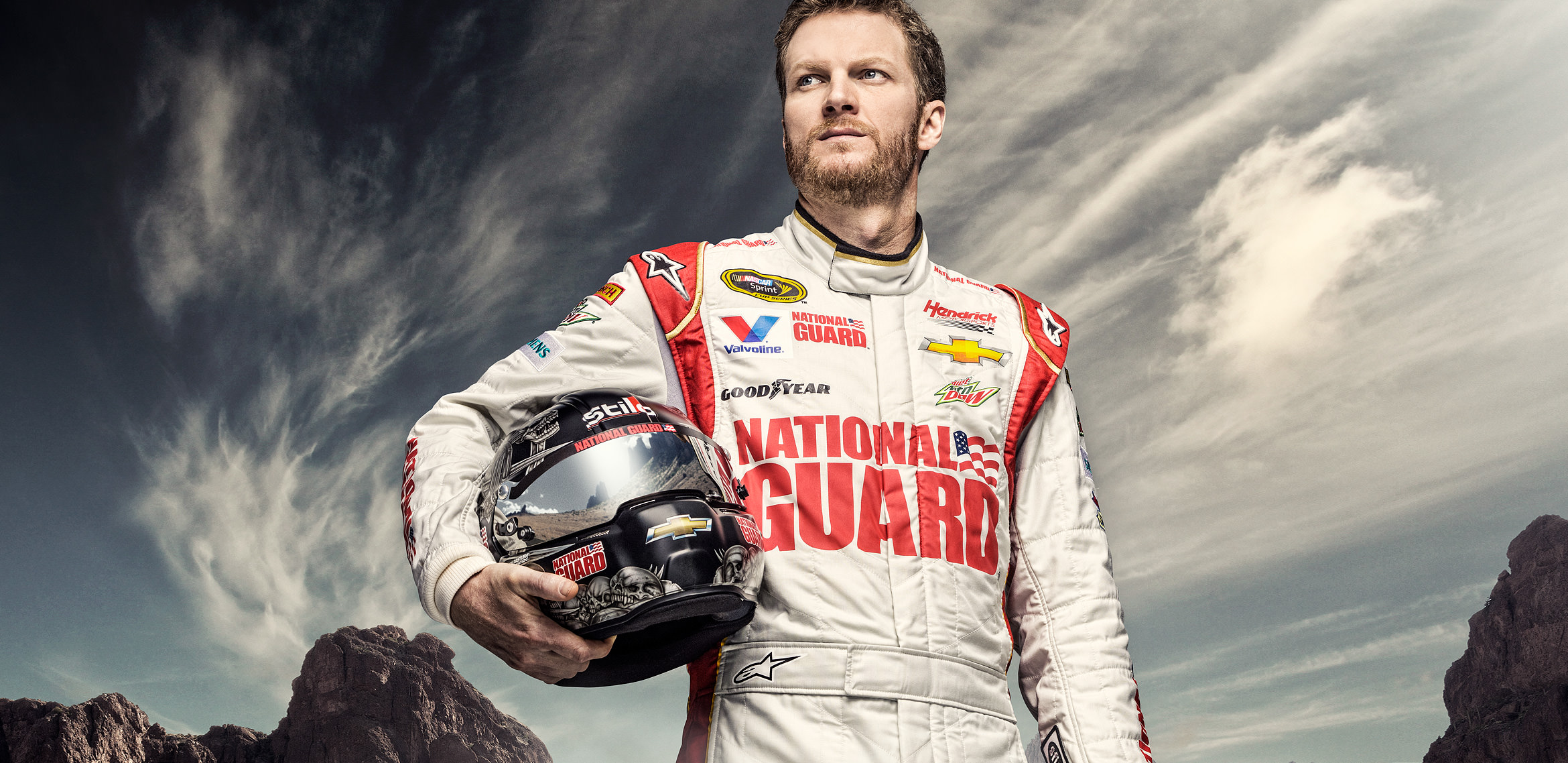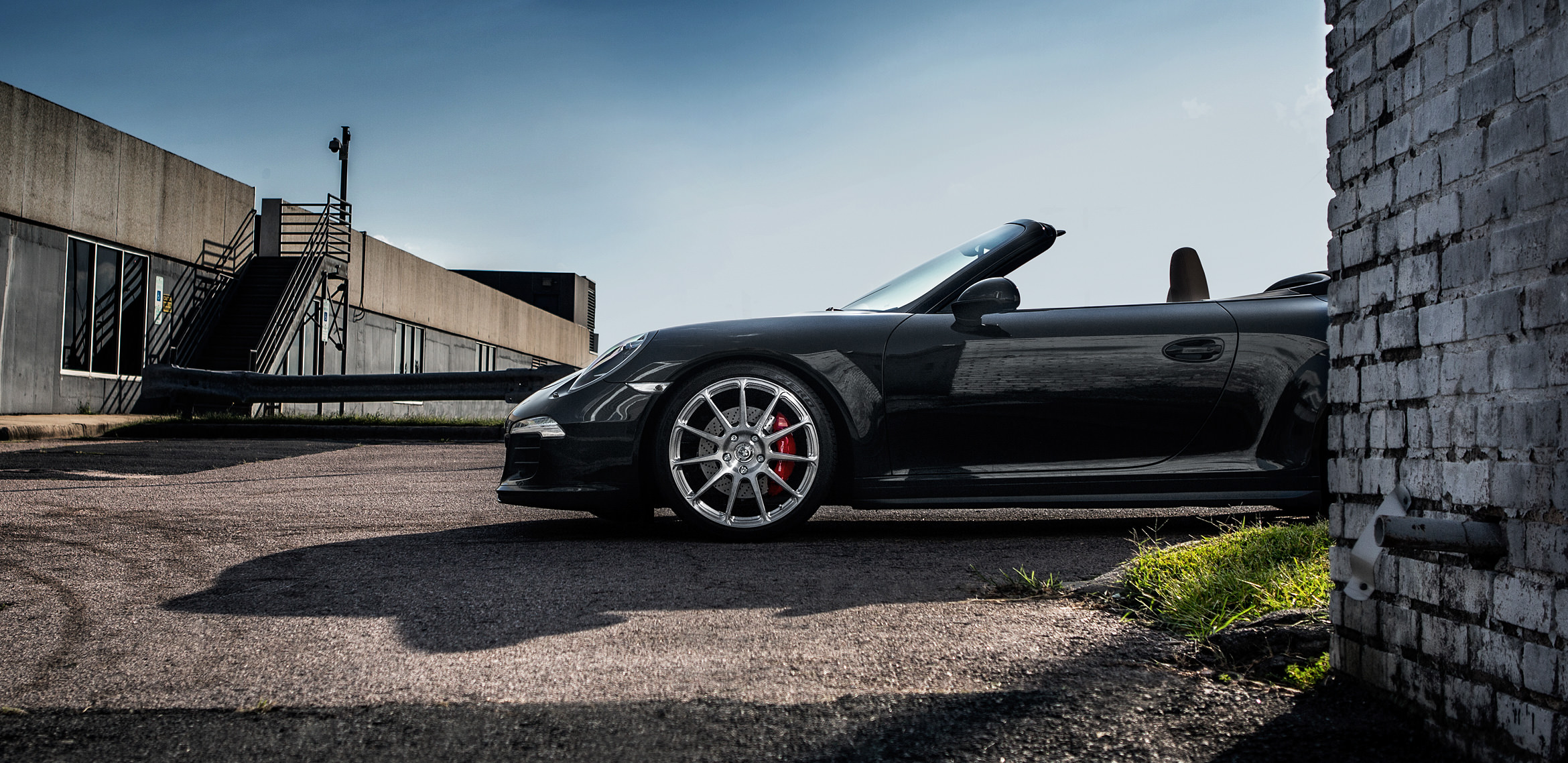“Do you shoot Canon or Nikon” is usually the first question I get after I tell someone I’m a photographer. I’ve been holding a Canon since I was 14. The main reason is because my dad had some old Canon lenses that (I thought) looked expensive, that’s it. Canon, Nikon, Sony, Pentex, whatever the camera, if you rely on the camera to do all your work you’re gonna have a bad day. They are all very nice and capable cameras. Granted I’d rather work with a camera made in 2013 compared to 2003, but still when images are compared side by side it’s arguably tough to tell what image was taken with a Canon, Nikon, etc. This is why the phrase “Wow! Your camera takes nice photos” makes photographers cringe. Case in point, here’s a video of Douglas Sonders rocking a cheap camera.
I won’t go into too much detail yet for this post, but I demoed a medium format Phase One IQ160 from Digital Transitions for a recent Pepsi/Jeff Gordon shoot. Chance had it, this shoot and the Pepsi shoot were just 2 days apart so of course I’m going to test it out for both. Look for a more detailed write-up of the IQ160 when the Pepsi/Gordon shoot is posted.
This lucky subject is a fresh new BMW M6 tuned by GMP Performance on HRE Wheels. This was more of a natural light test. I say “more of” because I popped a speedlight to make the wheels stand out a bit more. But OH MY GOD, the Phase One IQ160 makes my Canon 5DMKIII images look like iPhone snapshots. Medium format cameras really are in a league all of their own… which is a good reason why they’re priced ~$20,000 more than a usual prosumer DSLR Canon. When shooting for clients such as Mercedes-Benz, BMW, Pepsi, Sta-Bil, Porsche, or simply need nothing but the best, the price is more than justified.
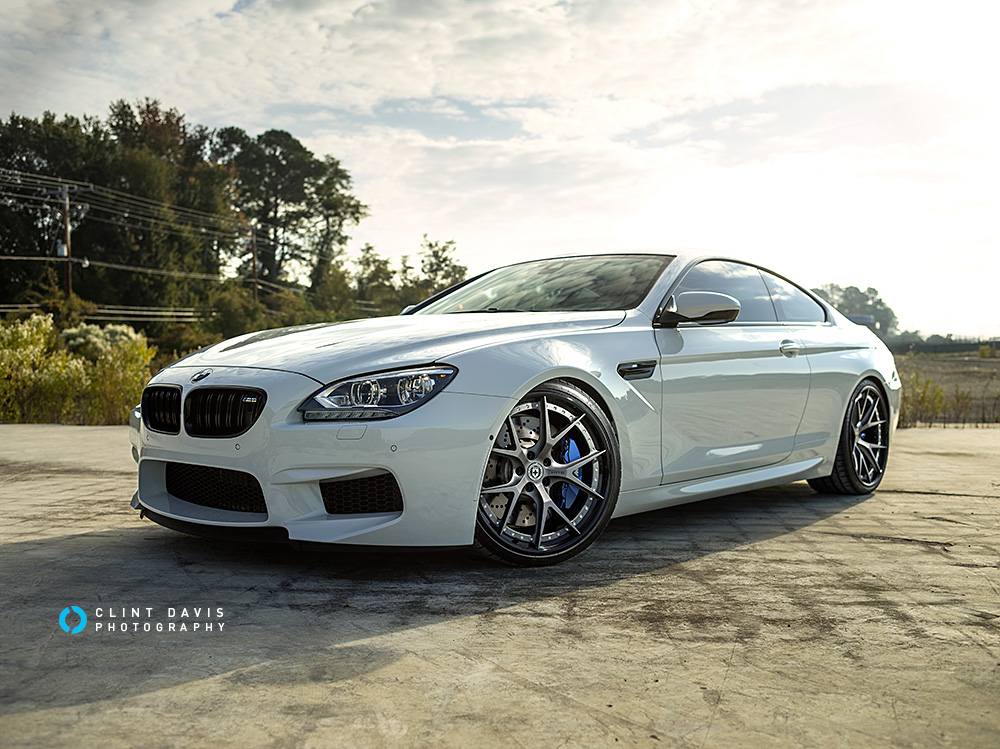
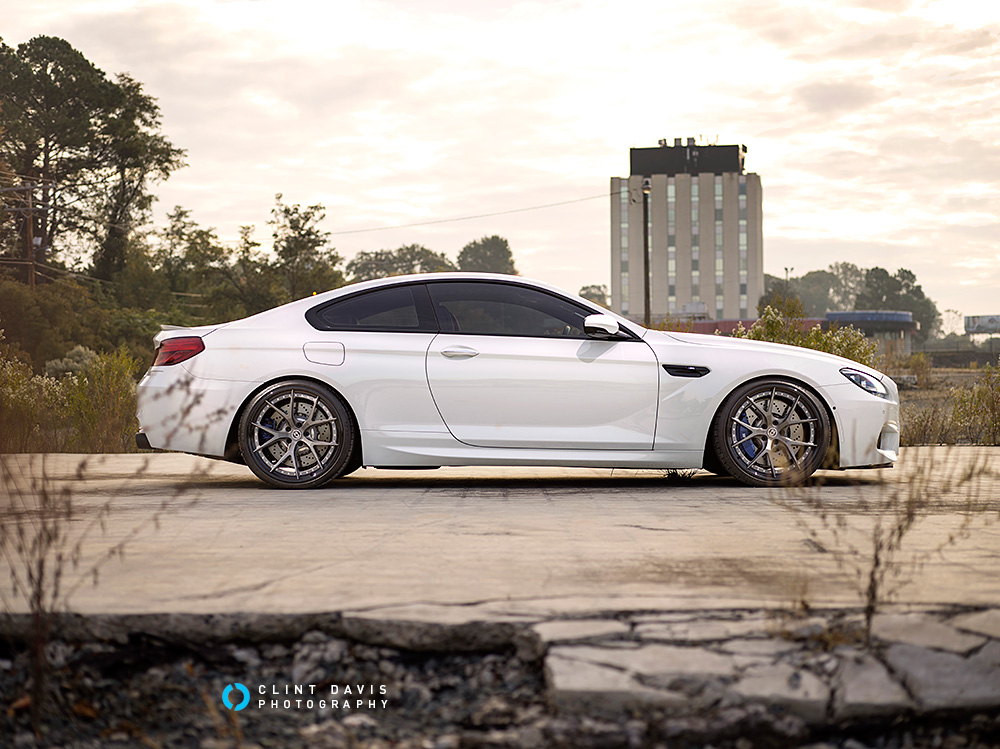
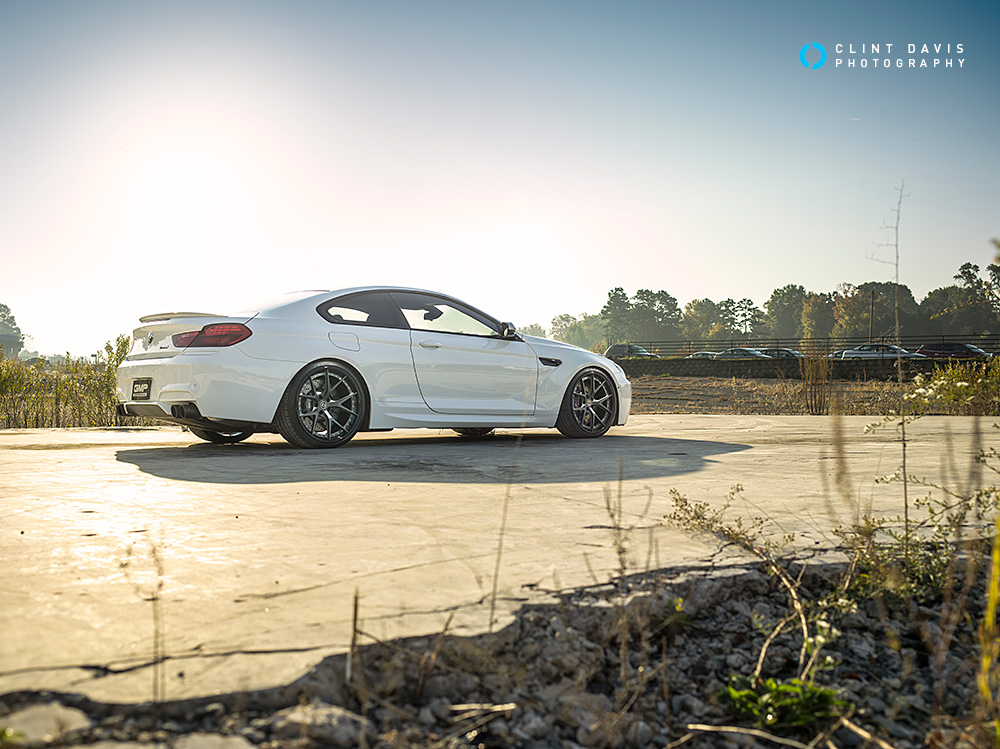
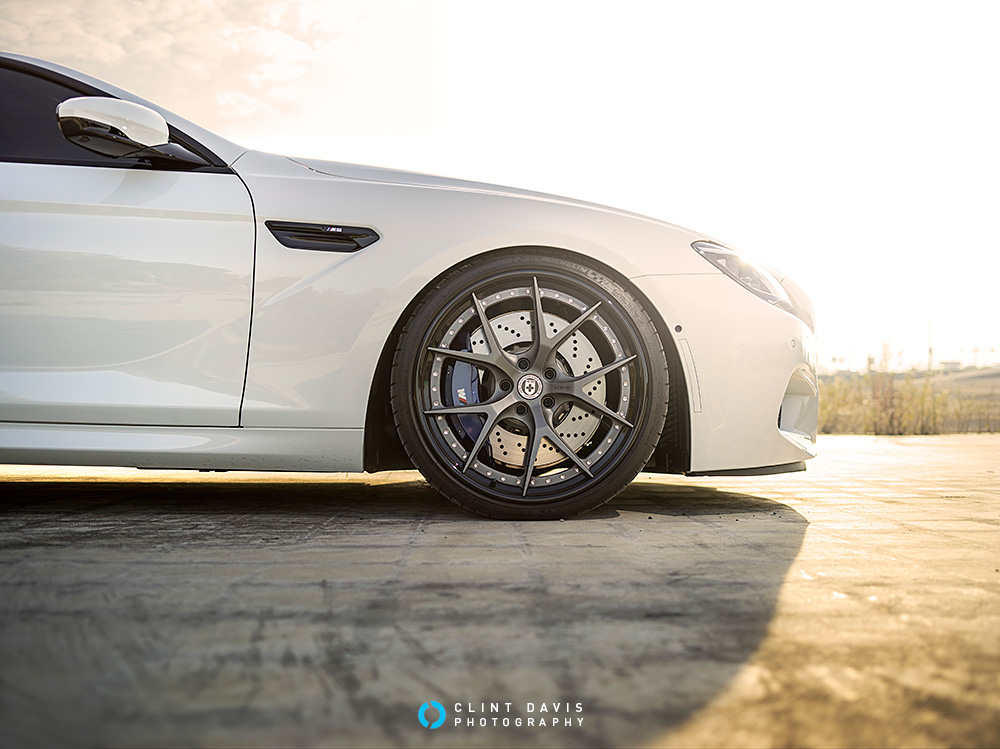
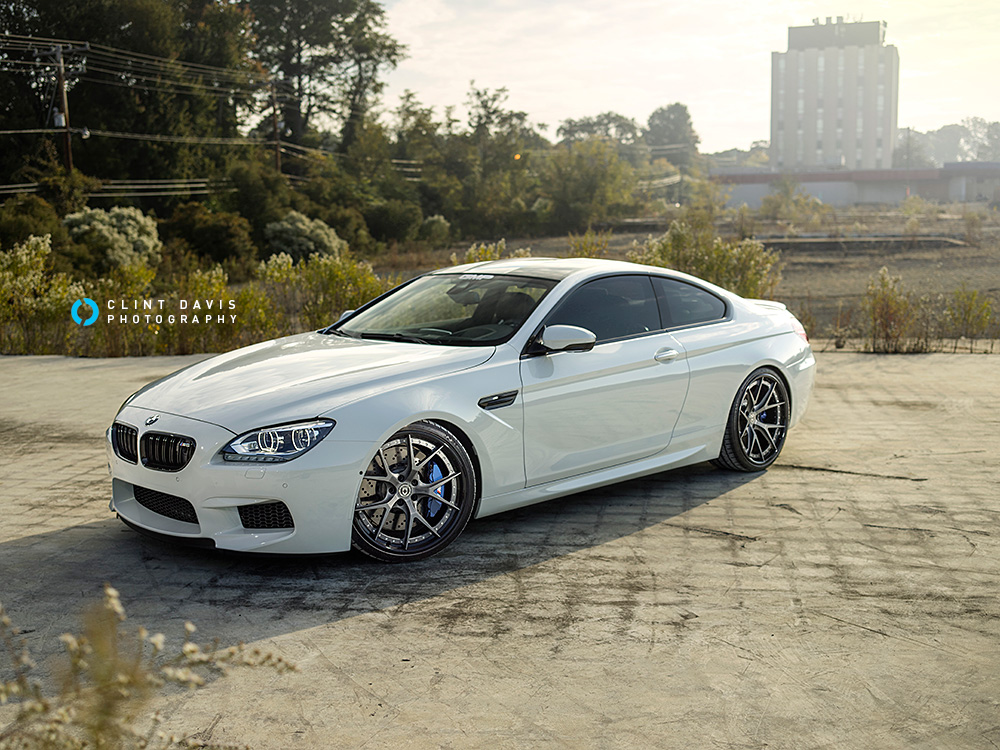
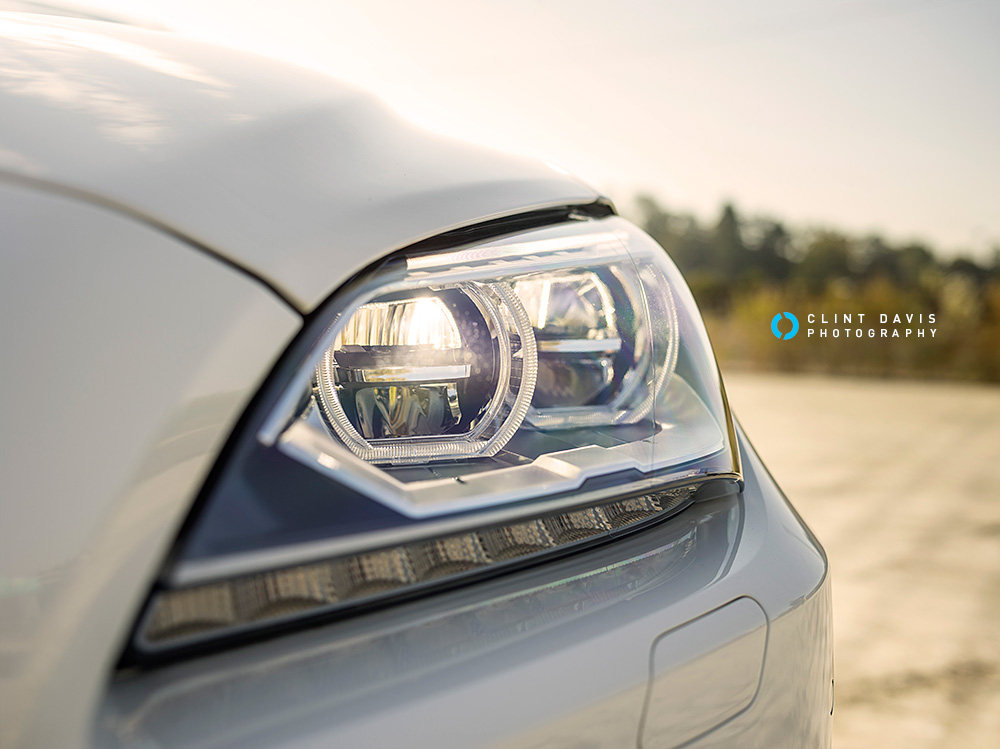
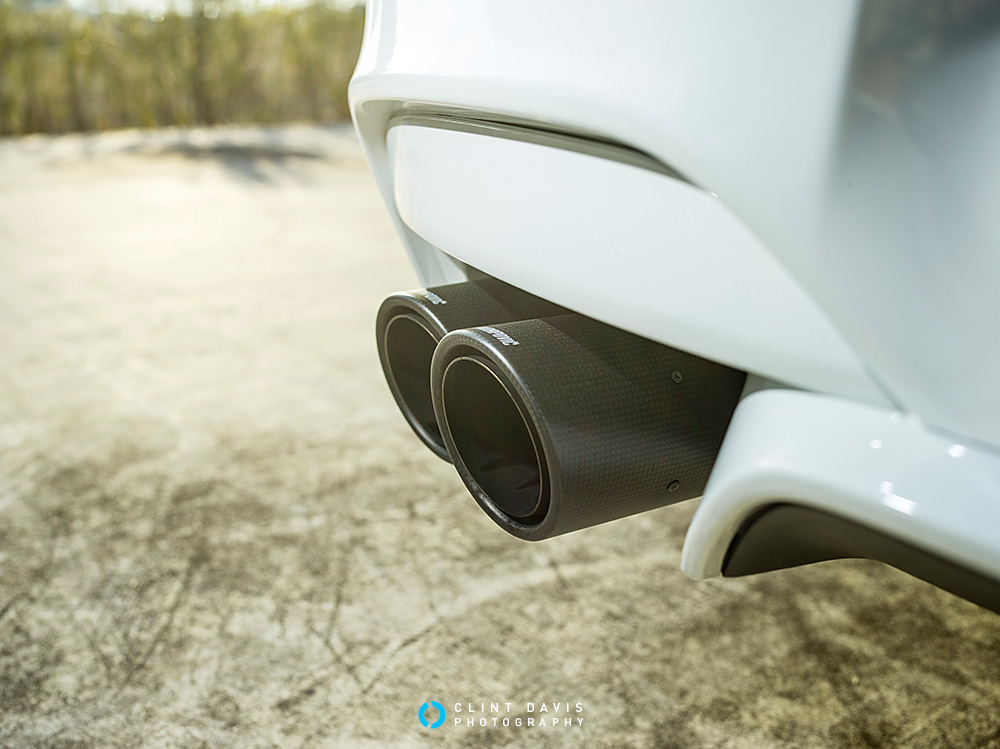
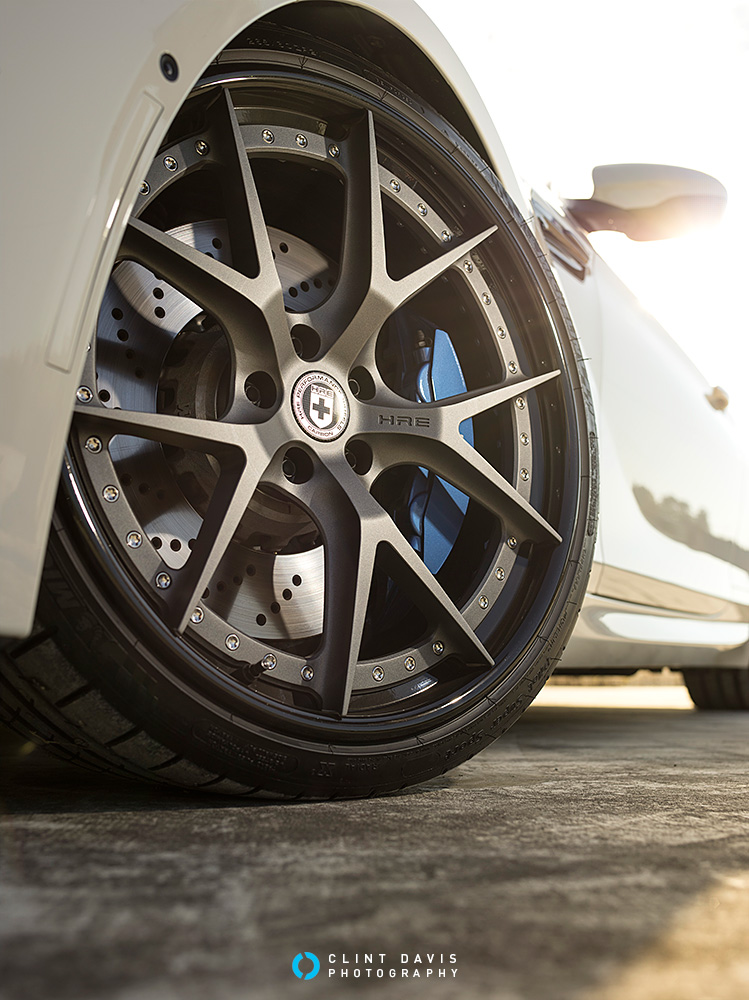
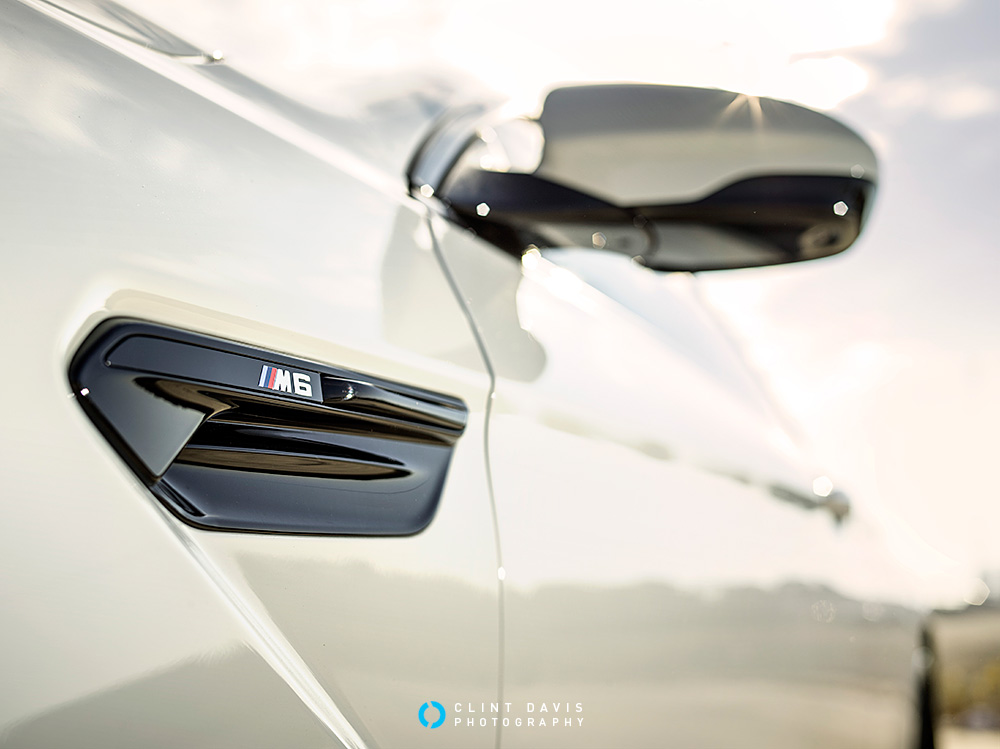
I was most impressed with the amount of tonal range the IQ160 yielded.
Here’s a super detailed scientific graph of what I mean:
[—-|—–|—-] prosumer 35mm DSLR range
[–|———–|–] Phase One range
Each “-” is a shade of light. In laymen terms the Phase One image sensor is much larger, and basically is able to capture more degrees of color in a single image. Also let’s not forget the files are 60.5 megapixels! “Zoom, enhance, zoom, enhance” has a totally new meaning to me now. Editing color is practically lossless. After using the Phase One I’m hooked, even more so after editing. For any big assignment I’ll break it out for sure. It’s sure to be a huge asset for me in the upcoming 2014 year.
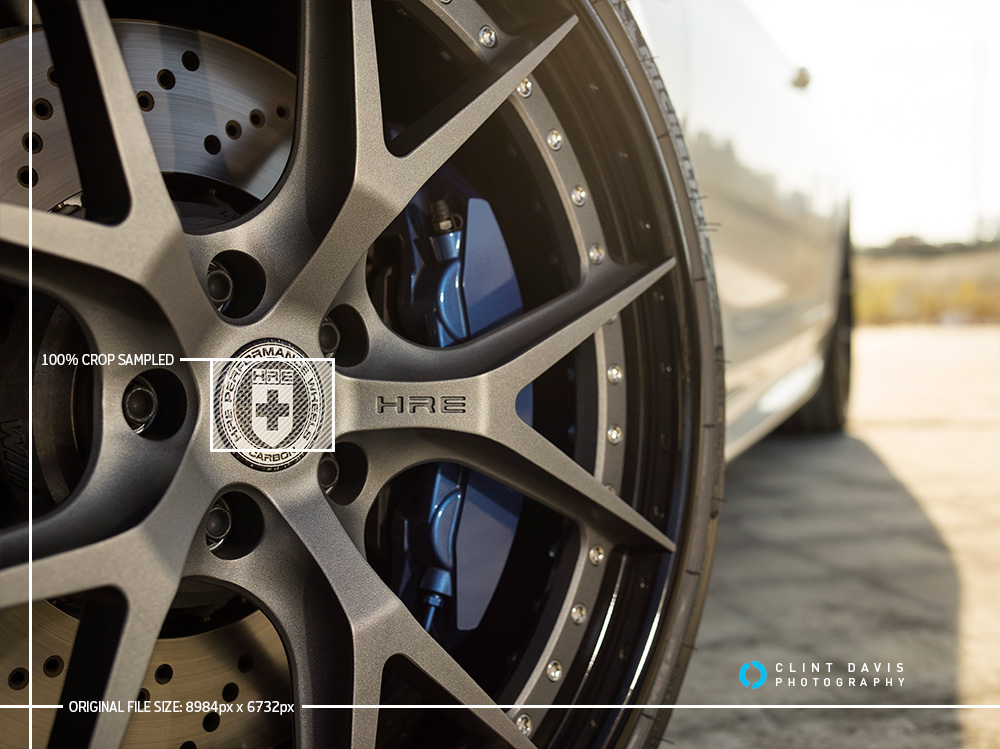
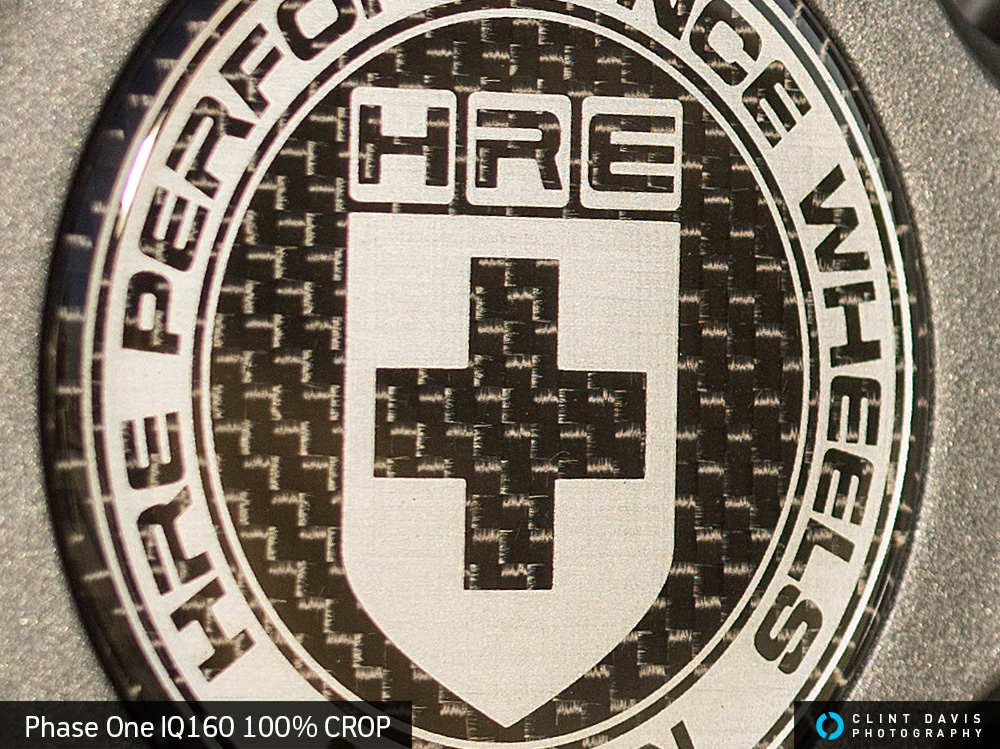
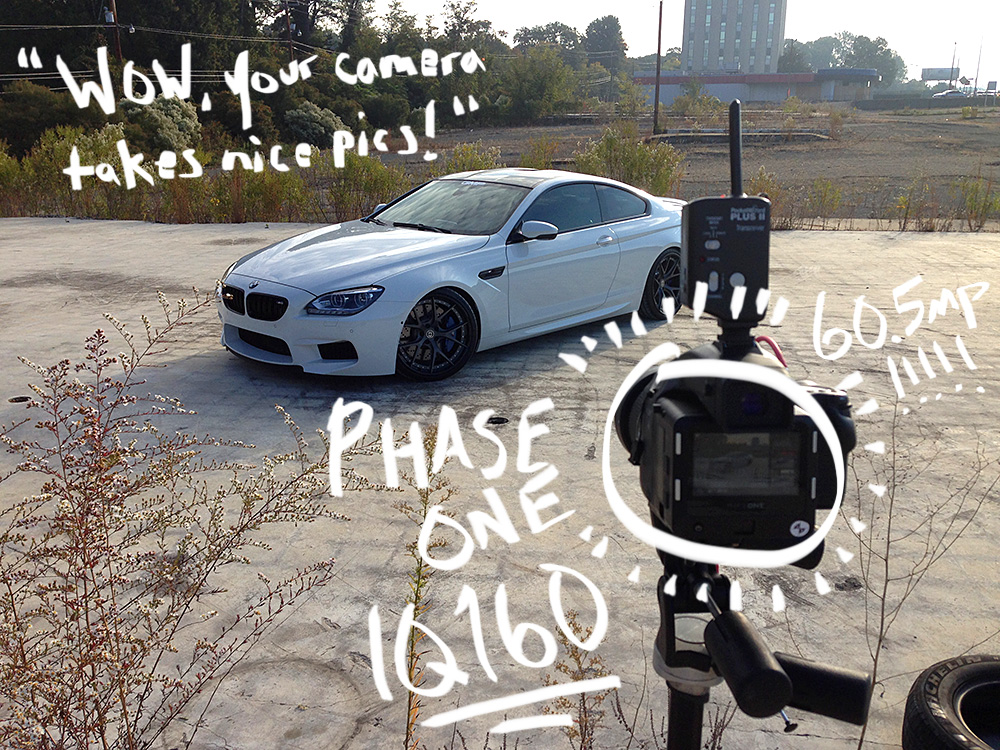
Special thanks goes out to Lance Schad at Digital Transitions for giving me the opportunity to test drive their big bad IQ160. Give him a ring when you’re ready to experience the new world of medium format.

